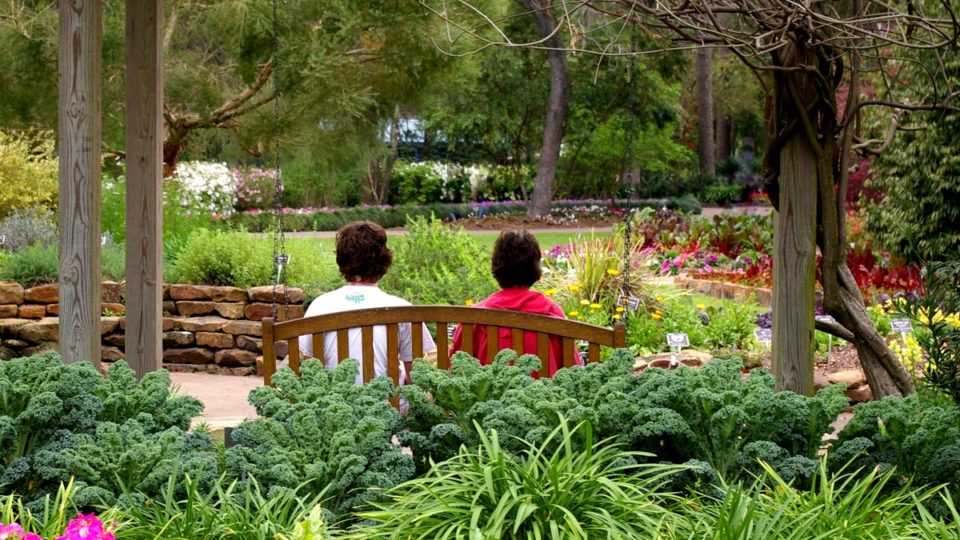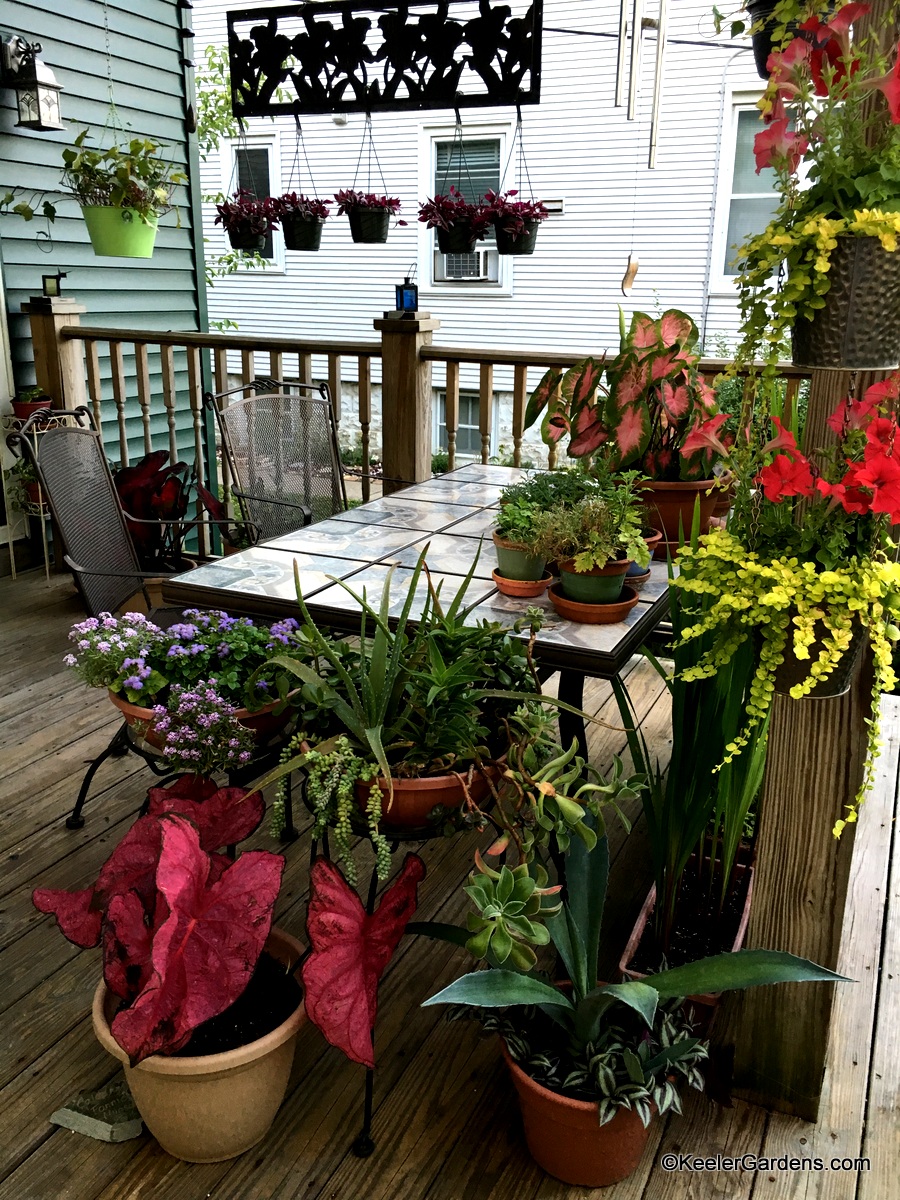
We spent some time this past week on the east coast getting to know quite a few individuals and groups that are working on ways to incorporate nature into their lives. We also got a lot of really good recommendations, one of which lead us to a detailed article discussing biophilic design. In “The Practice of Biophilic Design”, Stephen R. Kellert and Elizabeth F. Calabrese go into great detail about biophilia and what it means to us as individuals and communities, with respect to “design and development of the modern built environment.”
This article describes five basic principles that, although in the written work are geared toward designing buildings and landscapes, are relative to the general discussion of how we can benefit from connecting with nature. The idea is to work with these principles as new designs are developed, but we can also use these directives to guide us in our daily efforts to connect with nature.
The first principle: “Biophilic design requires repeated and sustained engagement with nature.” This is a very important point. A trip to the “country” once a year isn’t enough. If we live in urban environments we must connect with nature on a regular basis for a reasonable length of time.
“Biophilic design focuses on human adaptations to the natural world that over evolutionary time have advanced people’s health, fitness and well-being.” A literal example of this adaptation is the use of natural materials, like wood, to build a home that offers us shelter. But it is not just the direct benefit, there is an added benefit, to our physical and mental health when we incorporate aspects of nature.
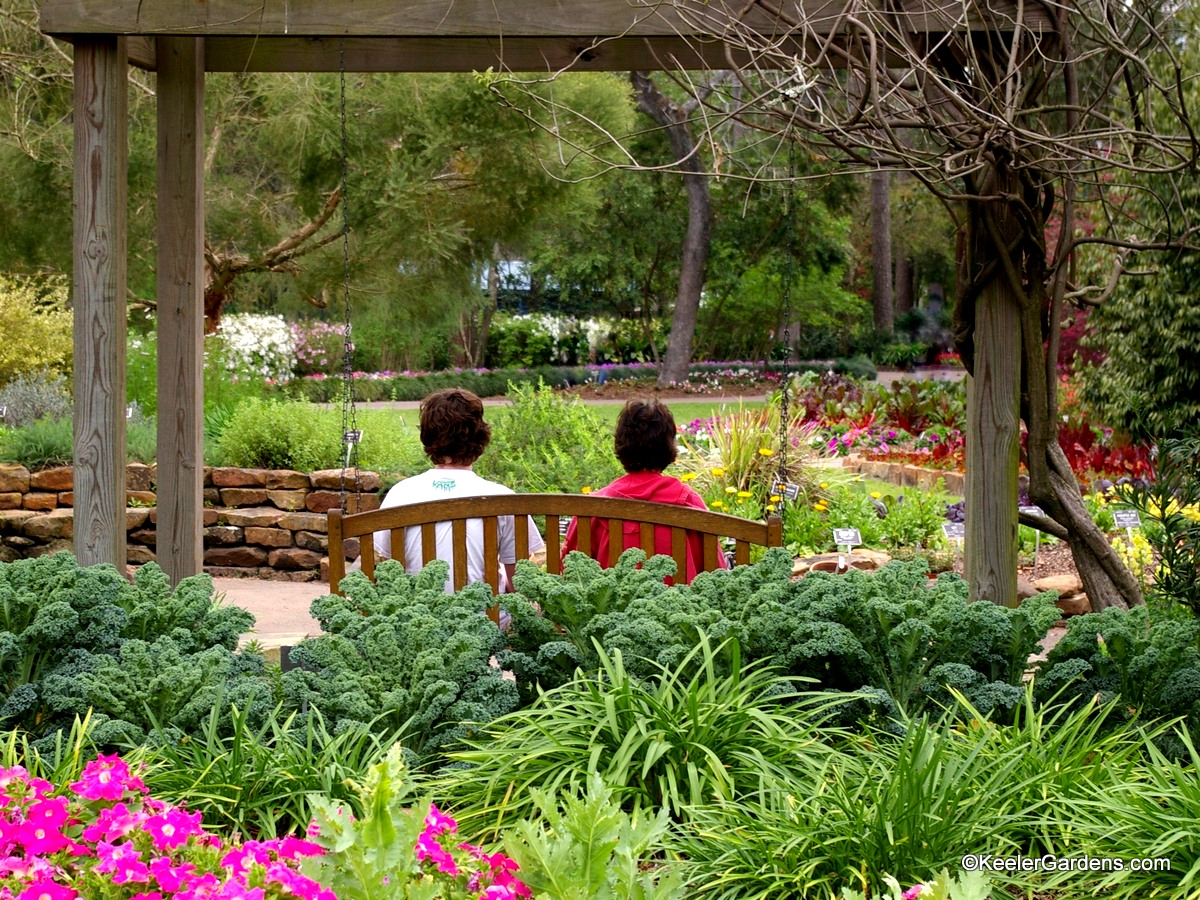
“Biophilic design encourages an emotional attachment to particular settings and places.” We feel a connection with nature and want to be in the places that feed our love of life and living things. We may even long to return after a time, which goes back to the first point, of needing to engage with nature regularly.
“Biophilic design promotes positive interactions between people and nature that encourage an expanded sense of relationship and responsibility for the human and natural communities.” This point is of great value when considering the development of communities. Every block, school district, neighborhood, or city is a community, which as a whole can benefit from a connection to nature.
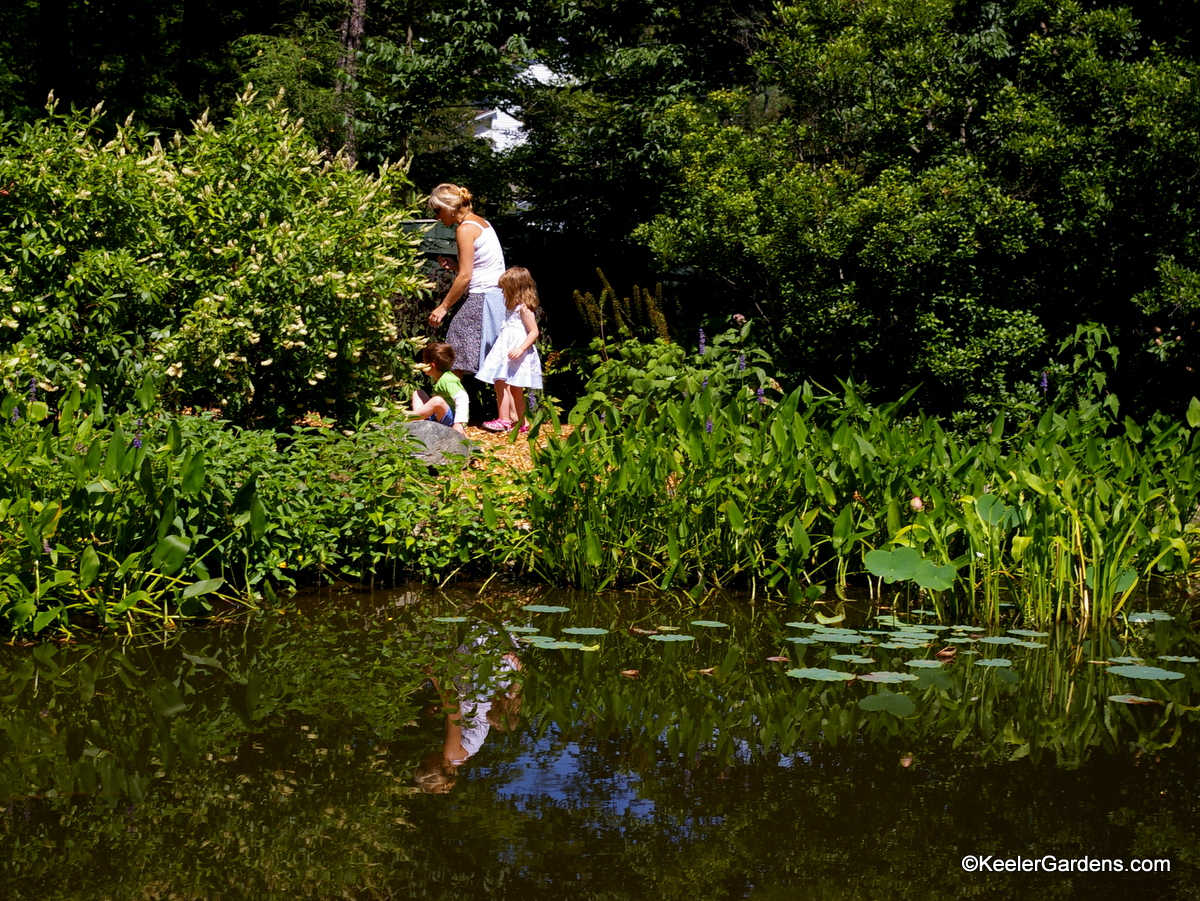
“Biophilic design encourages mutual reinforcing, interconnected, and integrated architectural solutions.” This point is directly related to design and can be considered even with existing structures. Even if a building is already standing it can work to connect us to nature with some additions, changes, or even simple adjustments.
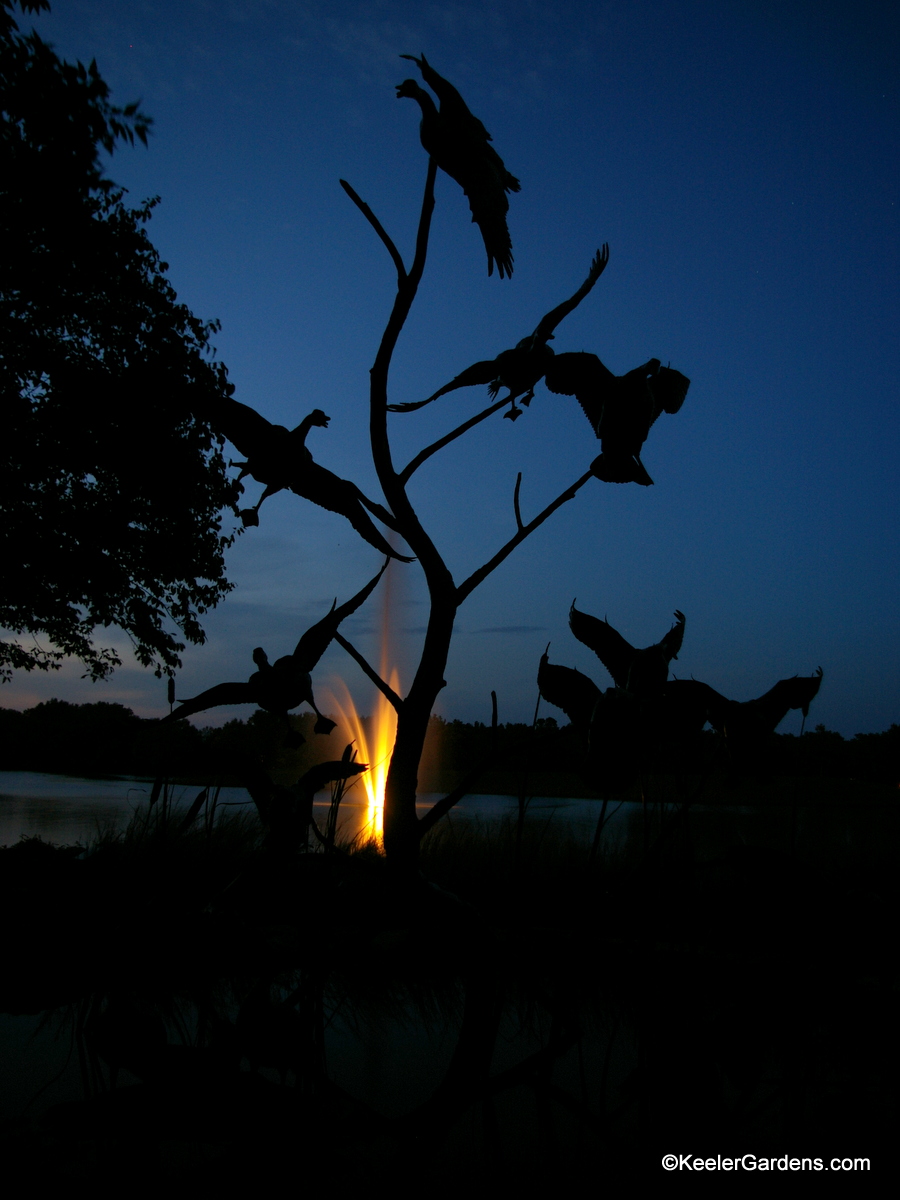
These principles are a good starting point. The article goes on at length about many aspects of biophilic design, which we will touch upon here in future posts. You can find the link to this article, and many other papers, on our Resources page. We leave you with the true motivation…When we live in environments that connect us to nature and support biophilia the results can be more than substantial…
“The successful application of biophilic design should also result in a wide spectrum of physical, mental and behavioral benefits. Physical outcomes include enhanced physical fitness, lower blood pressure, increased comfort and satisfaction, fewer illness symptoms, and improved health. Mental benefits range from increased satisfaction and motivation, less stress and anxiety, to improved problem solving and creativity. Positive behavioral change includes better coping and mastery skills, enhanced attention and concentration, improved social interaction, and less hostility and aggression.”
The goal of our efforts in our community and into yours is to see all these benefits, the improvements of strengths and the decline of weaknesses, with the simple act of connecting with nature. Tell us, in the comments below, how would you like to incorporate these principles in your community?

